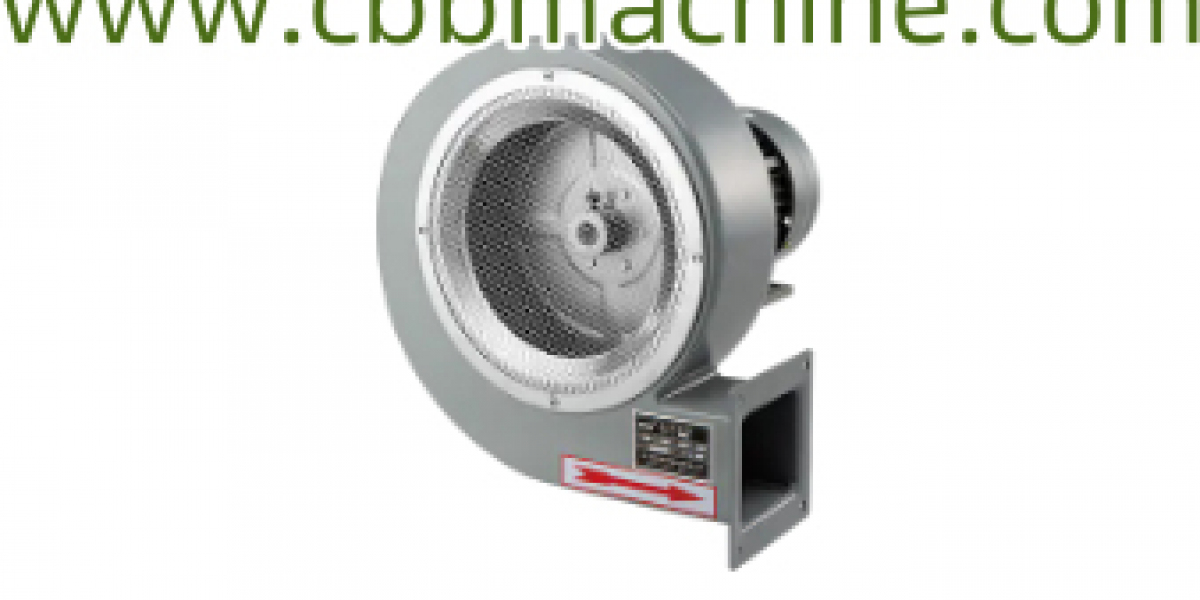Unlocking Efficiency and Precision with Magnetic Powder Brakes
In the world of industrial machinery, precision and reliability are essential for maintaining smooth operations. Whether it’s controlling the speed of a conveyor system or ensuring consistent tension during winding processes, the right braking system is crucial for optimal performance. A key player in achieving this precision is the Magnetic Powder Brake.
Magnetic Powder Brakes are advanced torque control devices that use magnetic fields and powder particles to provide non-contact braking solutions. They have revolutionized industries such as printing, packaging, and manufacturing by offering superior performance, reducing wear, and enhancing operational efficiency. In this blog, we will explore the features, benefits, and applications of Magnetic Powder Brakes in industrial operations.
What is a Magnetic Powder Brake ?
A Magnetic Powder Brake is a device used to control the torque and speed of rotating machinery in an efficient, precise, and non-contact manner. Unlike traditional brakes, which rely on physical friction to create resistance, a Magnetic Powder Brake operates by using a fine powder suspended between a rotor and a stator. When an electric current is passed through the stator, a magnetic field is generated, which causes the powder to form a chain structure, creating resistance against the rotor and thereby controlling its speed and torque.
This non-contact braking system allows for smooth and adjustable control, ensuring minimal wear on components and reducing maintenance requirements compared to friction-based braking systems.
Key Benefits of Magnetic Powder Brakes
1. Precise Control Over Speed and Torque
One of the most significant advantages of using a Magnetic Powder Brake is its ability to provide precise and adjustable control over the torque and speed of machinery. This level of control is especially beneficial in industries where maintaining consistent tension, speed, or force is critical. Whether it's controlling the tension in a winding machine or regulating the speed of a conveyor system, Magnetic Powder Brakes allow operators to fine-tune their equipment to meet the exact specifications required for each operation.
2. Non-Contact Operation for Reduced Wear and Tear
The key difference between Magnetic Powder Brakes and traditional friction-based brakes is the absence of physical contact between components. This non-contact operation minimizes wear and tear, extending the life of the brake system and reducing the frequency of repairs or part replacements. For industries that rely on continuous operations, this can significantly lower maintenance costs and reduce machine downtime.
3. Smooth and Gradual Braking
Another significant benefit of the Magnetic Powder Brake is its ability to provide smooth, gradual braking. This is crucial in processes where sudden deceleration or jarring stops could cause damage to materials or products. For example, in packaging or printing industries, where materials such as paper or film are highly sensitive, a sudden stop could result in misalignment or damage. By providing a controlled, gradual braking force, Magnetic Powder Brakes prevent these issues and help maintain the integrity of the product.
4. Lower Maintenance Costs and Increased Efficiency
Because Magnetic Powder Brakes do not rely on friction to generate braking force, they experience much less wear compared to traditional braking systems. This reduces the need for frequent maintenance, part replacements, and repairs. Lower maintenance requirements mean reduced downtime and fewer disruptions to the production process. This leads to a more efficient operation overall, allowing manufacturers to focus on meeting production goals instead of dealing with frequent mechanical issues.
5. Enhanced Reliability and Safety
The non-contact, smooth operation of Magnetic Powder Brakes also contributes to enhanced reliability and safety. By preventing physical wear between components, these brakes operate more reliably and require less attention during operations. With fewer breakdowns, there is a reduced risk of system failure, which enhances overall workplace safety.
Common Applications of Magnetic Powder Brakes
Due to their versatile and reliable performance, Magnetic Powder Brakes are widely used in various industrial sectors. Here are some key applications where these brakes are especially beneficial:
1. Winding and Unwinding Systems
In industries such as textiles, paper, and film production, winding and unwinding systems are essential for managing material tension during the manufacturing process. The Magnetic Powder Brake is used to regulate the torque applied to the material as it is wound or unwound. By maintaining a consistent torque, it ensures that the material is not stretched, torn, or misaligned, leading to higher product quality and reduced waste.
2. Packaging Machinery
In packaging lines, precision and speed are critical. Whether it’s controlling the speed of conveyor belts, controlling material tension in stretch film wrapping, or ensuring the proper alignment of products on the packaging line, Magnetic Powder Brakes offer the perfect solution. These brakes provide smooth, adjustable braking to maintain the efficiency and consistency of the packaging process, which helps reduce errors and product defects.
3. Printing Presses
In printing industries, maintaining proper paper tension is essential for achieving high-quality prints. A Magnetic Powder Brake is used to regulate the speed and tension of the paper as it moves through printing presses, ensuring that the paper remains smooth and evenly fed through the system. This leads to better print quality and minimizes the risk of paper jams, misfeeds, or other operational disruptions.
4. Conveyor Systems
Conveyor systems are commonly used in manufacturing, assembly lines, and material handling industries to transport goods from one location to another. A Magnetic Powder Brake can be used to regulate the speed of these conveyor systems, ensuring that materials are moved at a consistent pace. This is especially useful in high-speed production environments where sudden jerks or uneven motion could lead to misplaced materials or damaged products.
5. Test Equipment and Load Simulation
Magnetic Powder Brakes are also used in testing applications where precise torque control is required. For example, in load simulation systems, Magnetic Powder Brakes provide the necessary braking force to simulate real-world conditions and test the durability and performance of components or systems under various loading scenarios.
Conclusion
The Magnetic Powder Brake offers an innovative and highly effective solution for achieving precise, smooth, and reliable control over machinery speed and torque. By eliminating friction and wear, it helps reduce maintenance costs and improve the efficiency of industrial processes. Whether used in winding systems, printing presses, packaging machinery, or conveyor systems, Magnetic Powder Brakes can significantly enhance operational performance and product quality.
By integrating Magnetic Powder Brakes into your machinery, you can ensure consistent performance, minimize downtime, and achieve better overall efficiency in your production processes.













